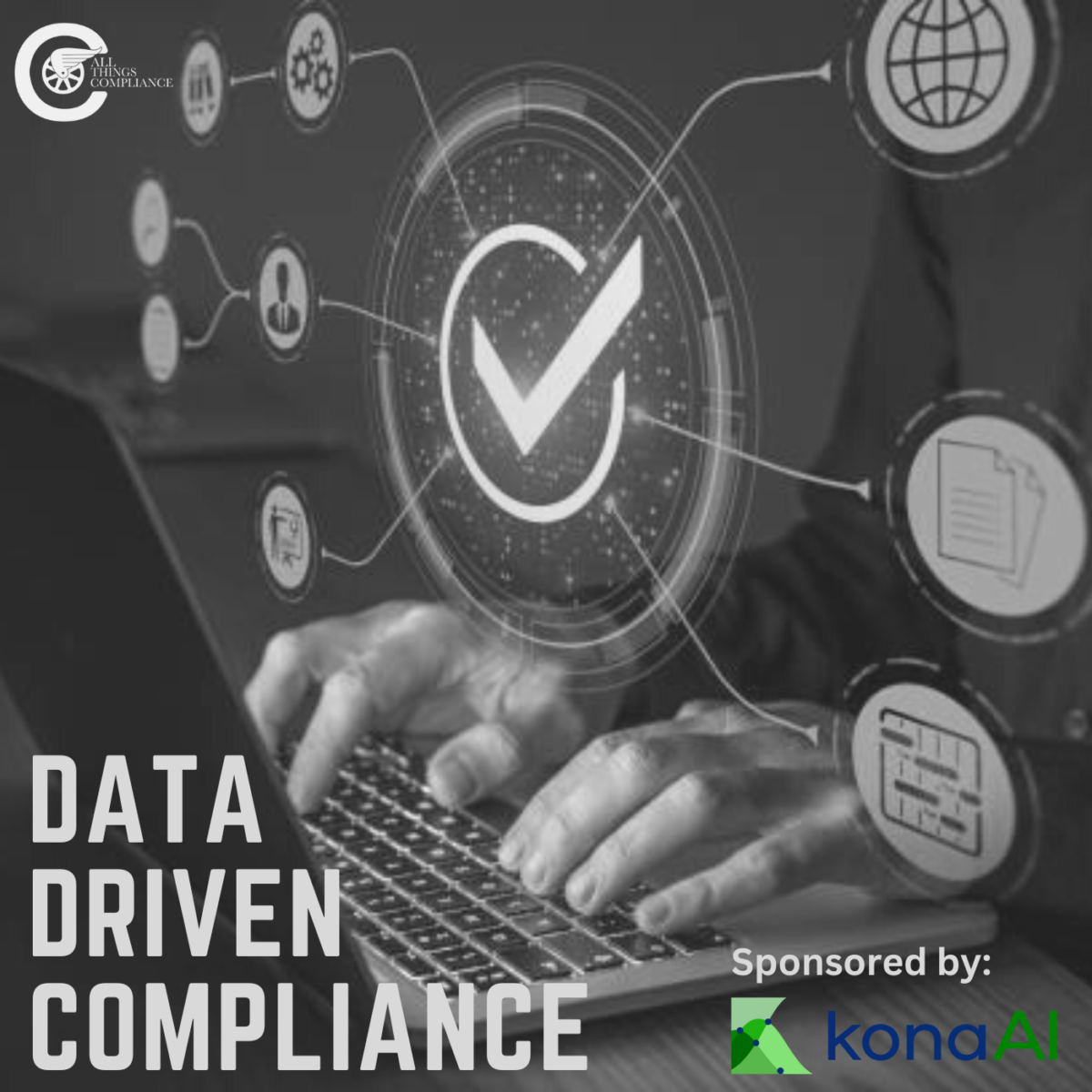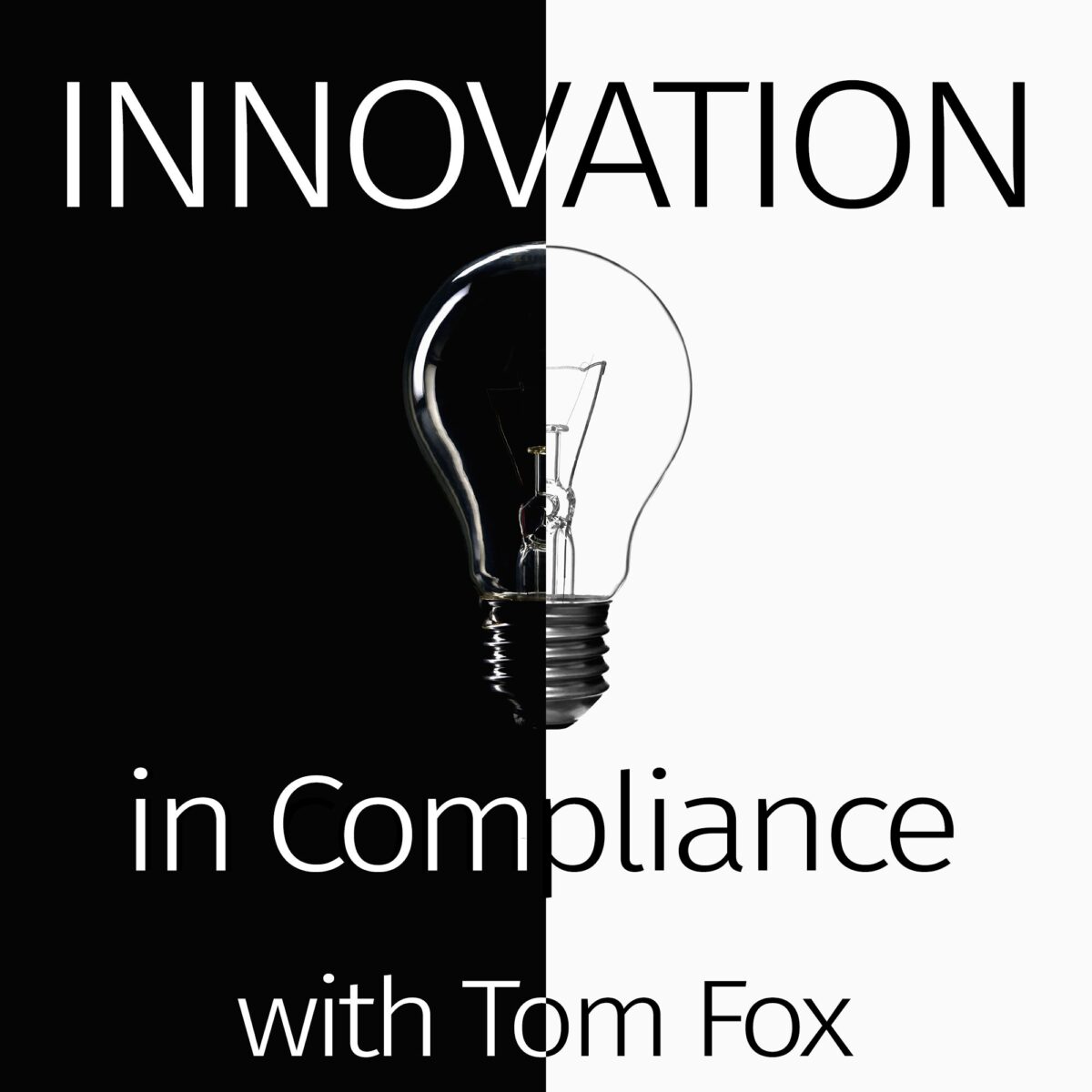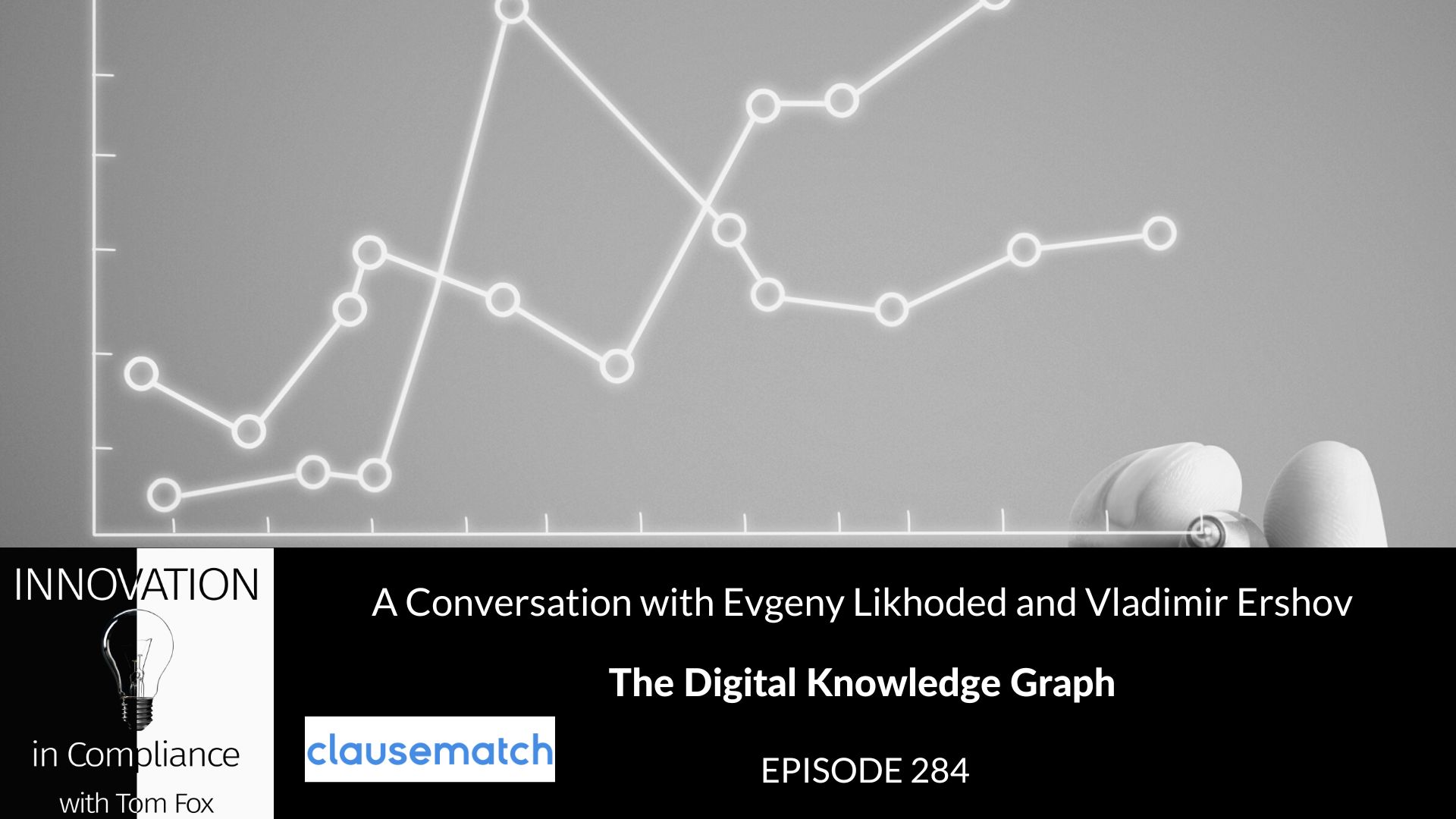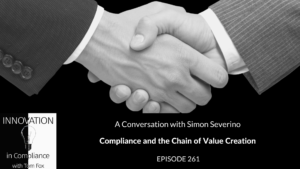We are exploring the recently released the United States Strategy on Countering Corruption (the “Strategy”); subtitled “Pursuant To The National Security Study Memorandum On Establishing The Fight Against Corruption as a Core United States National Security Interest”; in response to President Biden’s prior declaration of corruption as a national security issue of the United States. Over this 5-part blog series I have delved into the Strategy and considered how it will impact the compliance professional. We have considered Pillar 1, modernizing, coordinating, and resourcing US government efforts to fight corruption. Next, we took up Pillar 2, curbing illicit financing. With Pillar 3, we looked at holding corrupt actors accountable. Under Pillar 4, we looked at preserving and strengthening multilateral anti-corruption architecture. Today, we conclude our series by looking at Pillar 5, Improving Diplomatic Engagement and Leveraging Foreign Assistance Resources to Advance Policy Goals.
First, however, we celebrate the mathematician Dr. Shirley McBay. Mathematics professors rarely have obituaries in the New York Times (NYT). Dr. McBay was the first African American to garner a PhD from the University of Georgia. After receiving her degree she taught at Spelman College, turning it into a powerhouse for mathematics, where even today, “more Black women with doctorates in science and engineering have undergraduate degrees from Spelman than any other institution.” From Spelman, McBay moved to “the National Science Foundation, where she developed and ran a program to help minority-focused institutions improve their course offerings and research capacities. Five years later, she moved to M.I.T.” At M.I.T., she “made her greatest mark on her field as the dean of student affairs at the Massachusetts Institute of Technology in the 1980s. She confronted the challenge of bringing more students from underrepresented minorities into science, technology, engineering and math, both at her university and in higher education broadly.”
The US will elevate diplomatic engagement through five steps. They include:
- Diplomatic engagement. The US government “will elevate anti-corruption as a priority within its diplomatic and public diplomacy efforts”, focusing local conditions. Additionally, it will ramp up its support for “governmental and nongovernmental actors combatting corruption through bilateral and multilateral contexts.”
- Expand assistance. The US government will expand its anti-corruption assistance and will monitor and evaluate its efficacy throughout the process.
- Anti-corruption considerations. There will be an integration of anti-corruption considerations across a wide variety of areas such as “development assistance, including global health, anti-crime and rule of law, conflict and fragility, and humanitarian assistance.”
- Rule of law. There will be “new and expanded foreign assistance programs to enhance the capacity and independence of oversight and accountability institutions, including legislatures, supreme audit institutions, comptrollers, and inspector generals.” The government will focus on tools, procedures and programs to “follow the money.”
In a most-welcomed initiative, the US will work to protect those who report on and blow the whistle on bribery and corruption. It will do so in a variety of ways and through several different initiatives. They include support for journalists by deploying new and existing “programming to respond to rapidly evolving threats to, and harassment of, reformers, journalists, and other
anti-corruption change agents” There will be increased education in the global ABC community about existing global emergency assistance programs, which can provide short-term financial assistance to whistleblowers or others “who have been threatened or attacked for their work, including those engaging in anticorruption or transparency efforts.” The US government will work to counter nuisance suits against journalists and activists and will work such programs and policies. When possible, the US will coordinate actions with partner countries taking similar steps.
Next the US will use innovation as a key to be combating corruption. This innovation can come through the use of technology to prevent, detect and remediate issues before they become corruption issues. It can also take the form of a rapid response team and tools to “emerging areas of increased risk for corruption. Allowing for more agile response capabilities among partners will provide increased critical assistance, particularly to new democratic and reform-minded regimes and global civil society partners, as they more effectively investigate, prosecute, and adjudicate corruption and kleptocracy; and better address the role corruption plays in facilitating transnational organized crime and malign influence from state actors.” In the arena of ‘new domains’ the US government will consider “how to further incorporate a transnational lens into its anti-corruption foreign assistance, including by expanding support for international networks of investigative journalists, civil society advocates, and criminal justice practitioners.”
Finally, near and dear to the heart of every compliance professional, the US will direct a wide swath of the US and others to create better tools for and use risk assessments. This will help not only to identify where corruption issues may arise but to help deploy, on a proactive basis, strategies to prevent, detect and remediate any such issues. Here the US “will review existing approaches to assessing and addressing corruption risk in development and humanitarian assistance, evaluating whether gaps exist in current frameworks; and whether those frameworks need to be more robustly implemented.” There will be pilot programs to effectuate change through a “proof of concept” to determine best practices “for future interagency collaboration in using foreign assistance to combat corruption, and to pursue innovation, experimentation, adaption, and reflection on existing approaches.”
This final Pillar demonstrates the government has learned by working with private sector players, many of the lessons of best practices in compliance. The use of innovation such as data and technology have been a mainstay on corporate compliance programs for several years. Even the discussion around risk assessments in this Pillar derives from the Department of Justice’s (DOJ) Evaluation of Corporate Compliance Program and its update. All of this means not only collaboration with the private sector but an opportunity for the private sector to garner lessons that the US and other governments learn in this truly international fight.
The Strategy on Countering Corruption is both welcomed and should be celebrated by every compliance professional. The Strategy does not simply elevate the work of compliance to the US and indeed international arena but the ongoing interplay and interaction between the public and private sector will lead to innovation, enhancement and truly international engagement in the worldwide fight against bribery and corruption.











